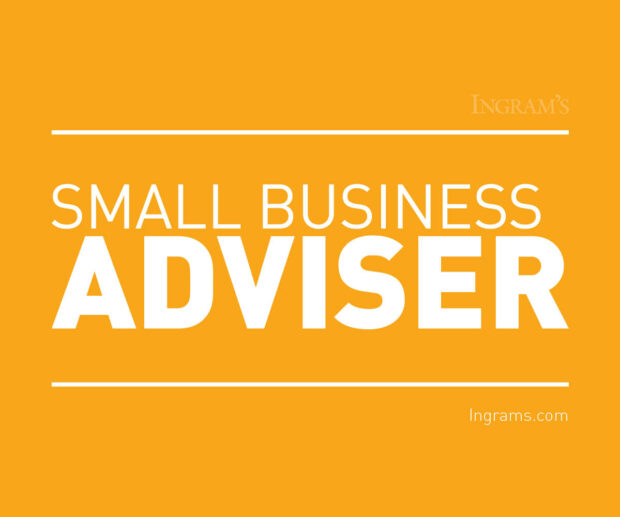HOME | ABOUT US | MEDIA KIT | CONTACT US | INQUIRE
HOME | ABOUT US | MEDIA KIT | CONTACT US | INQUIRE
It’s one way to ensure that a company keeps going when capital is otherwise scarce.

 Does life insurance play a role in providing the funding mechanism to successfully transition a business from one owner to another as a result of death? After almost 30 years of practice in the life insurance business, I can answer this question with a resounding “yes.”
Does life insurance play a role in providing the funding mechanism to successfully transition a business from one owner to another as a result of death? After almost 30 years of practice in the life insurance business, I can answer this question with a resounding “yes.”
One factor that works in favor of such an approach is that life- insurance proceeds are generally income-tax free.
Whether you are an owner in a business that operates as a partnership or a corporation, the death of an owner can create significant financial burdens without proper planning. One remedy to avoid many of these headaches is to consult with your attorney to have a properly executed buy-sell agreement put in place.
This would bind the surviving partner(s) or shareholder(s) to purchase the interest of the deceased owner. The value of said interests is determined at the time the agreement is drafted and should be updated with your accountant from time to time. But then the question of “how do we fund this obligation?” comes to mind.
Most businesses won’t have the capital needed to buy out a deceased owner. But even if they did, life insurance is an effective risk-management tool that not only solves this funding issue, but does so for pennies on the dollar, vs. a dollar-for-dollar buyout. Each partner or shareholder is insured by life insurance for an amount equal to his or her interest.
Once the amount of life insurance has been determined, which specific life insurance product should you choose? I am of the opinion that term life insurance for most situations is the best remedy. It will provide the business the opportunity to insure this risk at the lowest possible cost. After all, isn’t the role of insurance in general to provide a cost effective solution for the identified risk?
Term policies range in duration from 10 to 30 years. The price of the life-insurance policy increases the longer you expose the insurance company to paying a claim. For example, a 40-year-old male who is a non-smoker and otherwise in good health could expect to pay around $350 per year for a 20-year term life insurance policy of $500,000. This same coverage for a 30-year policy would cost around $630 per year.
The final pricing is determined by the insurance company once the complete underwriting process, including a medical exam, is completed. I’m asked all the time what I think—10-year policy, 20-year policy or a 30-year policy—which one is best?
After you have determined that life insurance is an effective risk-management tool for your situation and you’ve determined the length of time the risk will exist, you should then coordinate the expiration of the life insurance based on this predetermined period of time.
I would advise against buying a shorter-term policy just because it’s cheaper now. A new policy down the road will be more expensive because you will be older, and what if you have a change in health between now and then? These are all factors you should take into consideration, but as I see it, you need to eliminate the unknown in order to effectively manage the risk.
A couple of other life insurance fun facts: Life-insurance proceeds are generally income-tax free, and the life insurance underwriting process from the time the paperwork is submitted to the insurance company until the time you are covered is generally 30-45 days.
It is very important to be sure the owner and beneficiary of the life insurance policy are set up correctly. In a partnership, the policy is generally owned by the other partner(s) and with a corporation, the policy is generally owned by the entity itself. It is always a good idea to consult with your accountant and attorney to seek their advice to ensure the policy is set up with your individual circumstances in mind. Both your accountant and attorney play a crucial role in this process.
If one of the owners dies, the plan is then set in motion and the life-insurance proceeds are paid to the designated beneficiary. Once the life-insurance claim is paid, the company now has the funding mechanism to buy the deceased’s business interest and the issue of how the company funds this liability in which I mentioned above is resolved.
The company is then reorganized by the surviving partner(s) or shareholder(s) and continues its day-to-day operations while the heirs of the deceased receive in cash their interest of the business. This type of business planning using life insurance to fund this liability clearly benefits all involved parties.